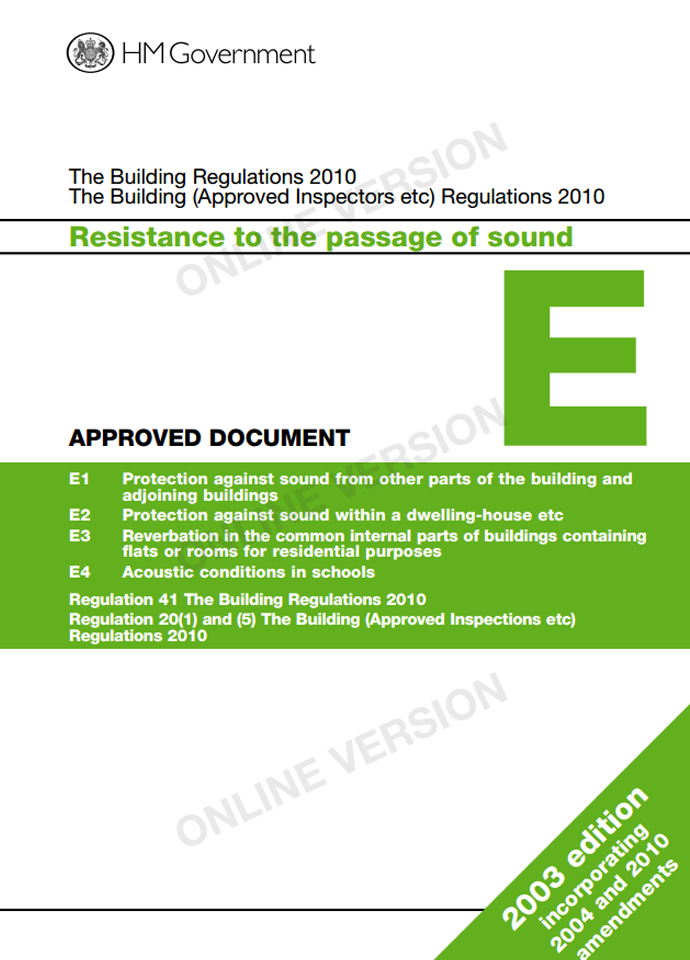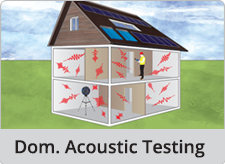Offices Nationwide
• Glasgow
• Newcastle
• Manchester
• Portsmouth
• Wakefield
• Sheffield
• Birmingham
• Wrexham
• Cardiff
• Peterborough
• Milton Keynes
• London
• Plymouth
• Anglesey
• Glasgow
• Newcastle
• Manchester
• Portsmouth
• Wakefield
• Sheffield

Reverberation Time
The reverberation time of a room is defined as the time it takes for sound to decay by 60 dB after an abrupt termination...more

Sound Privacy
Privacy describes the perceived sound reduction across a wall, a function of both sound insulation and background noise...more
Part E
Resistance of the Passage of Sound

Clayworth - Room Integrity Testing - 0114 368 0192
The office that covers this area is: Sheffield
Phone Number: 0114 368 0192 Email: clayworth@e2consultants.co.uk
Our other services include:
Room Integrity Testing can also be known as:
Fire Suppression Testing, Server Room Testing, Fire Suppression Room Integrity Testing,


Copyright 2025 E2 Specialist Consultants Limited
Company No. 06728970








































